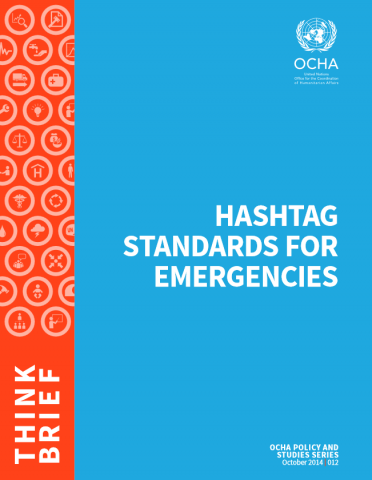Guidance material
Legislative Advocacy for Disaster Risk Reduction: Guidance Note No. 1

Good legislation can play a critical role in reducing disaster risk. This has always been clear for man-made hazards, such as oil spills, faulty construction, and industrial accidents, all of which can be greatly reduced through well-enforced rules and standards. Natural disasters, on the other hand, have traditionally been thought of as an inevitable fact of life, beyond the scope of human laws.
Table of contents:
1. Key international instruments
- 1.1 Hyogo Framework for Action
- 1.2 Human rights instruments
- 1.3 Red Cross and Red Crescent instruments
2. Legislative advocacy issue areas
- 2.1 Role of the National Society in disaster risk reduction
- 2.2 Institutional mechanisms for climate change adaptation
- 2.3 National platforms
- 2.4 Defining disaster risk reduction as a primary governmental responsibility
- 2.5 Risk mapping
- 2.6 Risk hazard monitoring and decision-making on warnings
- 2.7 Formulation and dissemination of warnings
- 2.8 Raising community risk awareness and capacity to react
- 2.9 Community participation in decision-making
- 2.10 Land management and urban planning
- 2.11 Building codes
- 2.12 Funding mechanisms
- 2.13 Integration into development plans
- 2.14 Reporting and oversight
- 2.15 Legal remedies (liability)
- 3. Sources and further information
International Federation of Red Cross and Red Crescent Societies
